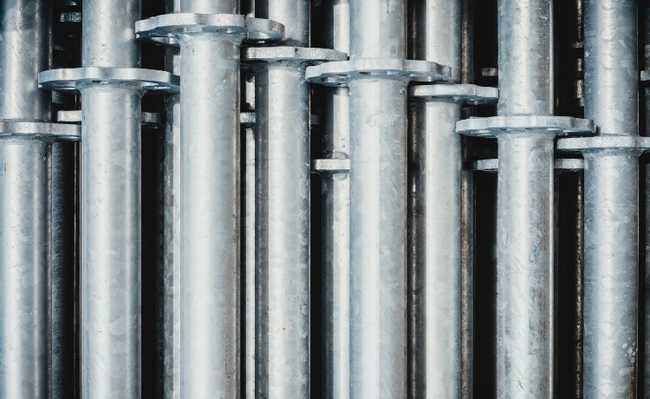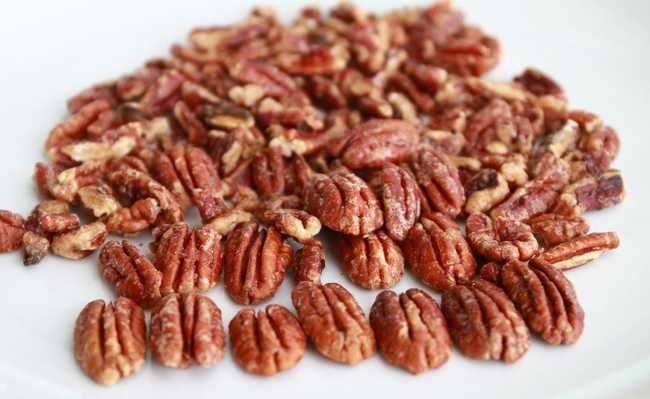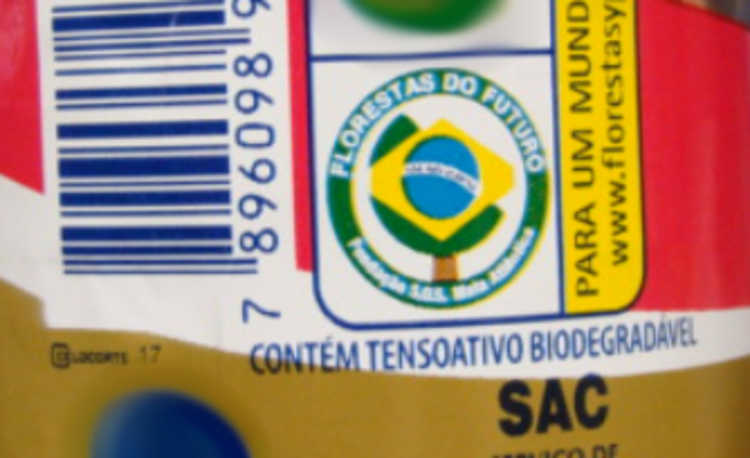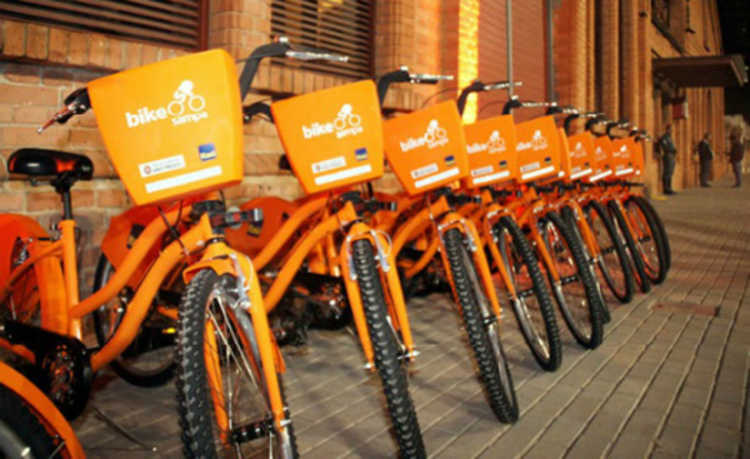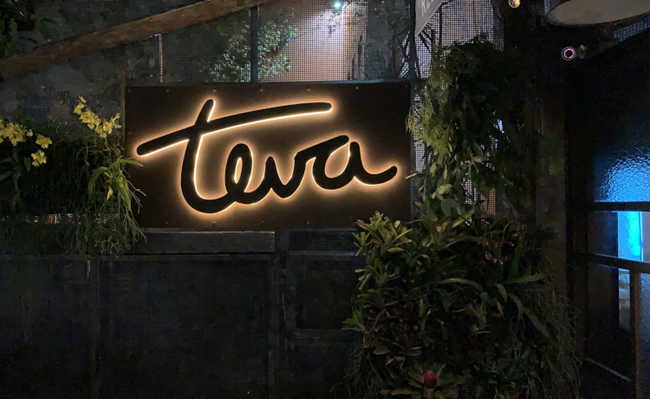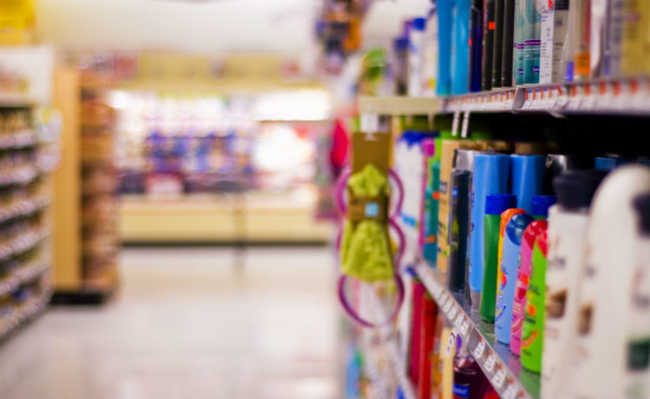Five reasons to shop at a thrift store
Check out useful tips on how and why to shop at thrift stores. You extend the life cycle of clothes and still save

Image: Prudence Earl on Unsplash
Is there a problem with using clothes that other people have already worn? None! On the contrary, the environmental and economic arguments that encourage this type of trade are many. A good wash or a thread and a needle work miracles and avoid wasting natural resources. Check out five advantages of buying at a thrift store and make these establishments the first place to purchase "new" clothes.
1. Less energy, less chemicals

Image by Kendall Henderson by Unsplash
It takes energy to transport cotton from farms to textile manufactures, to retailers, and finally to consumers. During manufacturing, a lot of energy is consumed throughout the washing, sizing, bleaching, rinsing, dyeing, printing and finishing processes. Once the consumer no longer wants the garments, energy is needed to properly dispose of them. Therefore, shopping at thrift stores prevents used clothes from ending up in landfills and also saves the energy that would be needed to make new clothes.
Recycling or reusing clothing uses only a small fraction of the energy to manufacture from the raw material. In addition, cotton is one of the crops that consume the most pesticides in the world. The extensive use of pesticides leads to soil acidification and agricultural depletion, which causes hypoxia in surrounding water bodies, damaging ecosystems. Decreasing your demand for cotton will reduce the use of chemical pesticides applied to cotton cultivation, which is a considerable gain for the environment.
2. Reduce water consumption

Jim Black image by Pixabay
Water is consumed at virtually all stages of clothing production. To produce a kilo of cotton, more than 20 thousand liters of water are used. The intensive use of pesticides associated with cultivation can contaminate rivers, lakes and groundwater. Cotton processing consumes 150 liters per kilo and another 180 liters for dyeing. Water is also needed to generate the electricity used in all manufacturing, packaging and transportation processes. A cotton shirt requires about 2.5 thousand liters of water, on average, to be produced. A pair of jeans consumes about 10 thousand liters.
3. More responsible consumption
Consuming more responsibly, avoiding buying excess parts that will not be used a lot, is also a way to save nature. Before buying, stop to ask yourself if you will actually wear the clothing, if it is really necessary and if it has no tears or defects.

Sarah Brown image by Unsplash
4. Save money

Becca McHaffie image by Unsplash
Responsible and thrift shop consumption requires more time and consideration. With discretion and common sense, it is possible to save a lot of money.
5. Doing good for nature and the community

Dan Gold image by Unsplash
Donating your used clothes to thrift stores means sharing with the community and promoting reuse. Another interesting option is to send the pieces that are no longer being used to charities, where these clothes will be of great use.





